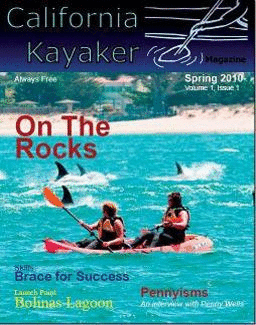As of last count, I have taken 16 trips to Japan during my career, and have spent over 6 months of cumulative time there. This has given me some insight into traveling to Japan, which I thought I would provide here:
TransportRecently, international airports are popping up around Japan, but it is still likely you will fly into Narita, the international airport for Tokyo. Allow 1.5 to 2 hours from Narita airport to downtown Tokyo, as the airport is pretty far from the city. Taxis are expensive (~$300 from airport to downtown), so take the shuttle bus or Narita Express train (either is about $30) to downtown, and then a taxi from there to your hotel. The Kansai (Osaka) airport is similar - trains or buses are much cheaper than taxis.
In taxis, the taxi driver will open and close the door for you, so don't bother reaching for the door handle. It is often good to have someone at your hotel or from your office write the name and address of where you are going in Japanese on a piece of paper, along with the name and address of the hotel for your return trip. This way you can just show the paper to the taxi driver, rather than worry about language barriers. Taxi drivers in Japan (and Japanese people in general) are very honest, so you don't need to worry about them taking you for an extended drive to run up the meter.
MoneyAmerican credit cards and ATM cards are often not accepted outside of standard business locations. Instead, cash is used for most purchases (a guy I worked for told me once he bought a car with cash). To add to the challenge, they have coins for anything less than about US$10, and only have bills that are about equal to a $10 (1000 yen), $50 (5,000 yen), and $100 (10,000 yen). I found I was always carrying around pockets full of change.
I suggest bring about $500 per week, and change the money into yen at the airport currency exchange counter, which gives decent rates. If you do need to get cash from a credit card or ATM, skip the banks and instead go to the post office, which has ATM machines that will often accept your cards (and have English instructions to boot).
Tipping is not common in Japan, so no need to leave tips after a meal.
Travel (trains, taxis, etc.) and entertainment costs are a lot higher than in the west. Other costs (food, hotels, etc.) are similar to the west.
Eating/Drinking/EntertainingIn Japan, it is very true that many decisions are made after work over drinks. Expect to have dinners (and maybe more) with those who you are meeting. Even if no work is being talked about, you are building a relationship that will be required for business, so it is important that you go to these. If you are not a fan of sushi, there are many restaurants that serve other types of Japanese foods or western foods.
Wear loose shoes (preferably ones that sip on and off, rather than have laces) and socks without holes if you go to a Japanese restaurant, as you will be taking your shoes off.
Never pour your own drink, but do offer to pour for the others you are with if their glass is less than half full. If it is some form of shared food, always offer food to others before taking for yourself.

After dinner, you will likely go for a "2nd round." This will likely involve going to a drinking establishment, probably a karaoke box. There will be more drinking and likely singing. Do try to sing a song or two, even if you are bad. After this will likely be a "3rd round," as a smaller group will continue on (often the more senior people leave, so you are just with the people who you will be working closely with). This all often ends at between 11 and midnight, as everyone scurries off to catch the last train home.
 From time to time, I have answered questions on selling ads from others looking at starting a publication. Figured I'd take some of the answers I have given and provide them here, in the hopes that this would be useful for others.
From time to time, I have answered questions on selling ads from others looking at starting a publication. Figured I'd take some of the answers I have given and provide them here, in the hopes that this would be useful for others. 

 Business Week
Business Week The Economist
The Economist


